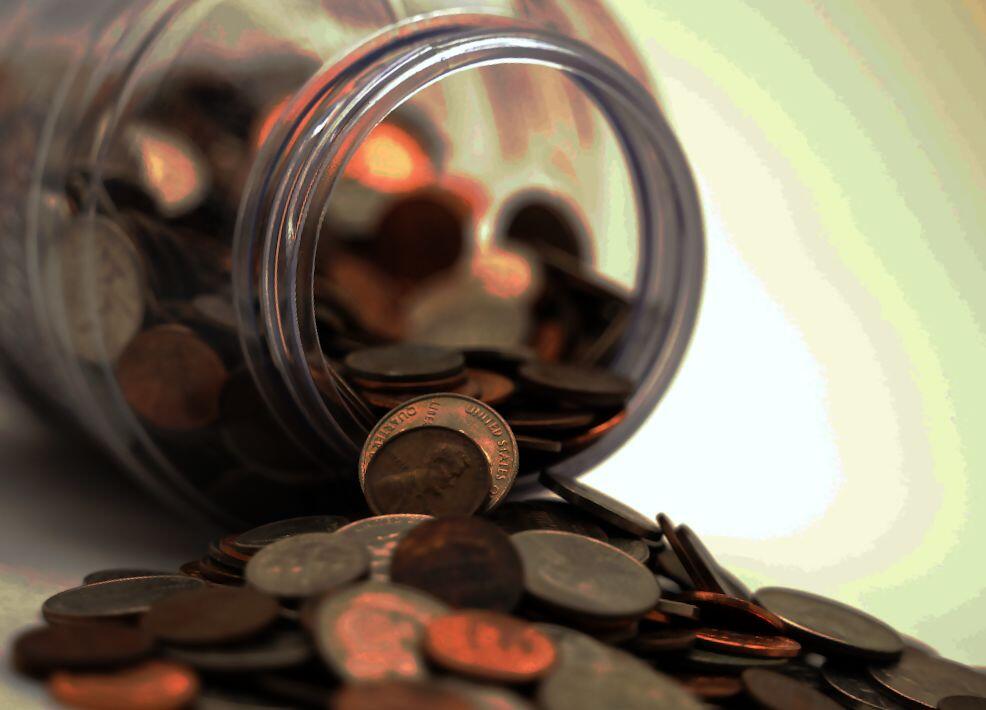Contents
You’ve done initial analysis on the gold market and have decided you want to buy the equivalent of $1 per point movement. The current offer rice on gold is $1100, and you have a target for the next month for gold to reach $1200. Before joining hanging man candlestick meaning Seeking Alpha, I was a trader at a proprietary trading firm in Hong Kong. I graduated from the University of Sydney with a Bachelor’s degree in Accounting & Finance. If you like my articles, please consider subscribing and becoming a patron.
You ‘buy’ 100 lots, equivalent to 100 shares, which are priced at £20 for a total position value of £2,000 – on the basis that you believe the share price will reach £30. You set your stop loss at £15 to ensure that your losses do not exceed £500. I accept FBS Agreement conditions and Privacy policy and accept all risks inherent with trading operations on the world financial markets. Every undertaking in the market that involves any return demands a certain amount of risk. Avoid emotional decisions because they can change your preset financial goal and lure you into making inconsistent bets.

TJ Porter has over seven years of experience writing about investing, stocks, ETFs, banking, credit, and more. He has been published on well-known personal finance dumbest art worth millions sites like Bankrate, Credit Karma, MoneyCrashers, DollarSprout, and more. TJ has a bachelor’s in business administration from Northeastern University.
How to use the RR ratio in crypto trading
You can have a good idea of your potential risk by establishing a stop-loss (see our article on stop-losses here). The potential reward or profit is only a projected expectation before the trade or investment has even been entered into. But calculating a risk-reward ratio for any new position will help you prepare for surprises – and respond strategically. We’ll explain the simple rules behind RRR to help you manage risks and better sustain long-term profitability. When trading cryptos, it’s essential to use stop-loss orders to limit downside risk. A stop-loss order is an order that will automatically sell your position if the price falls below a certain level.
You might have emptied your wallet well before your “6” appears if your p is too low. Hence comes the idea of how to devise a suitable wager size so that you have an edge in the speculative game. Often, people rely too much on a guru’s opinions, causing conflicting How To Choose A Real Estate Broker decisions to be made. A full grasp of the concept will give you a good start and a robust path to success. Let’s take an example to understand the calculation in a better manner. Plus500UK Ltd is authorised and regulated by the Financial Conduct Authority .
Unless you’re an inexperienced stock investor, you would never let that $500 go all the way to zero. If you can’t achieve an acceptable ratio, start over with a different investment idea. You notice that XYZ stock is trading at $25, down from a recent high of $29. Calculate risk vs. reward by dividing your net profit by the price of your maximum risk. Investing is allocating resources, usually money, with the expectation of earning an income or profit. Strategy, while any combination below the curve results in a losing strategy.
Difference between Risk and Reward
The Short Sale Rule is very important for short sellers to… The ability to borrow stocks is essential for short selling. The process of borrowing a stock is distinct from the process of buying a stock and depends heavily on your brokerage. In this article, we’ll take a closer look at how borrowing stocks works. When using risk/reward ratios as part of your approach to trading, there are a few important things to keep in mind.
The risk-reward ratio measures how much your potential reward is, for every dollar you risk. Downside risk is an estimation of a security’s potential loss in value if market conditions precipitate a decline in that security’s price. Every good investor knows that relying on hope is a losing proposition. Being more conservative with your risk is always better than being more aggressive with your reward.
- In the course of holding a stock, the upside number is likely to change as you continue analyzing new information.
- Testimonials on this website may not be representative of the experience of other customers.
- It’s also important to take profits when they’re available.
- This technique is useful for a healthy or weak trend where the price tends to trade beyond the previous swing high before retracing lower .
Nevertheless, using the risk/reward ratio with another indicator can be an extra tool in a trader’s toolkit. CFDs are complex instruments and come with a high risk of losing money rapidly due to leverage. 79% of retail investor accounts lose money when trading CFDs with this provider. You should consider whether you understand how CFDs work and whether you can afford to take the high risk of losing your money. The risk/reward ratio of a trade is an objective way to measure how much money you stand to make per added dollar of risk.
Get started with BOTS today
Every trader/investor according to his /her risk appetite generally decides the Risk/Reward ratio. In general high risk result in high reward but there is an investment option where this statement is not true. The risk to reward ratio (R/R ratio) measures expected income and losses in investments and trades. Traders use the R/R ratio to precisely define the amount of money they are willing to risk and wish to get in each trade.
With the right RRR, you can still be profitable even with a low win rate. Basically, the reward risk ratio measures the distance from your entry to your stop loss and your take profit order and then compares the two distances . Without knowing the reward risk ratio of a single trade, it is literally impossible to trade accelerator indicator profitably and you’ll soon learn why. You can lose money with a 80% or even with a 90% winrate if your few losers are so big that they wipe out your winners. On the other hand, you can have a profitable system even with a winrate of 50%, 40% or onl 30% if you are good at letting winners run and cutting losses short.
Because these are levels that attract the greatest amount of order flows — which can result in favorable risk to reward ratio on your trades. This means your trading strategy will return 35 cents for every dollar traded over the long term. Instead, you must combine your risk-reward ratio with your winning rate to know whether you’ll make money in the long run . Don’t be fooled by the risk reward ratio — it’s not what you think. These ratios usually are used to make market buy or sell decisions quickly. Any risk/reward decision relies on the quality of the research undertaken by the investor.
Well, it should be at a level where it will invalidate your trading setup. You don’t want to be a cheapskate and set a tight stop loss… hoping you can get away with it. And the way to do it is to execute your trades consistently and get a large enough sample size . This technique is useful for a healthy or weak trend where the price tends to trade beyond the previous swing high before retracing lower . Don’t aim for the absolute highs/lows for your target because the market may not reach those levels, and then reverse.

By doing so they would certainly reduce the size of the potential loss , but they will have increased the likelihood that the price action will trigger their stop loss order. That’s because the stop order is proportionally much closer to the entry than the target price is. So although the investor may stand to make a proportionally larger gain , they have a lower probability of receiving this outcome.
Essence of Crypto. Nothing else.
The importance of managing risk is underscored by the fact that a trader who wins just half of their trades can be profitable. The key is to keep your average loss smaller than your average profit. One way that this may be accomplished is by focusing on trade setups that have positive expectations. By doing so, will be able to build trading strategies that incorporate risk-reward ratios designed to sustain profitability over the long haul. Risk is the amount of money you can afford to lose in the trade.
What Is the Risk/Reward Calculation?
It means that in order to avoid losing money, your win rate must be above 20% . Also, it tells us that your profit targets must hit at least 20% to break even, with the rest being losing trades. If your win rate is under 20%, then you are guaranteed to lose money over the long run.
The Importance of Managing Risk as a Trader
And you’ll probably get stopped out from the “noise” of the market — even though your analysis is correct. In fact, you’re probably ahead of 90% of traders out there as you clearly know what’s not working. Instead, you want to lean against the structure of the markets that act as a “barrier” that prevents the price from hitting your stops. And after reading this guide, you’ll never see the risk-reward ratio the same way again. In this post, I’ll give you the complete picture so you’ll understand how to use the risk-reward ratio the correct way.
